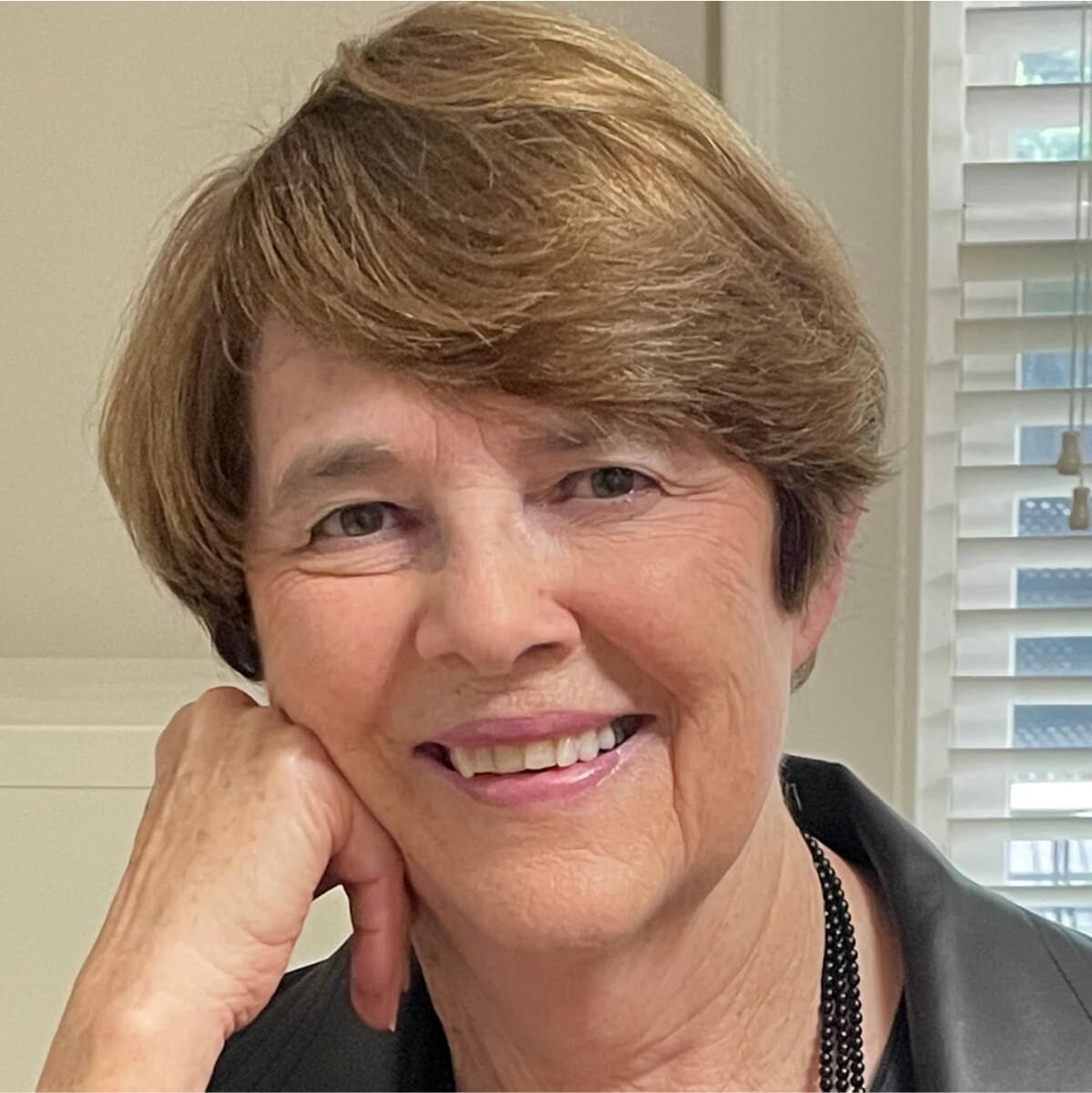
Trappist monks: Rest in silence
June 21, 2012
A beautiful and profitable idea
According to the ancient rule laid down by St. Benedict in the sixth century, monastic communities must be self-supporting. Usually, the sale of goods produced by monasteries – cheese, eggs, mushrooms, and, in Europe at least, liqueurs – brings in sufficient income to support the holy men. But what happens in an economic downturn? In that event, how about opening a columbarium?
On June 17 the monks at Mepkin Abbey, 30 miles from the centre of downtown Charleston, South Carolina, dedicated a new resting place for ashes of the dead on the monastery’s lovely grounds. Over the years visitors had often inquired about burial at Mepkin, a serene paradise surrounded by majestic live oaks and a sparkling river. A couple of years ago, as they looked into new ventures that might make money, the monks decided that they could indeed fulfil requests to house the ashes of the dead.
The Mepkin columbarium features a wall of simple granite niches, benches for sitting quietly, and a twisting brick-and-stone pathway. There are 120 double niches and 71 singles, costing $4,500 and $3,000 respectively. Nearly half have already been sold and some $300,000 raised. Ashes interred there do not have to be of Catholics (who, by and large, still prefer burial), but no religious symbols or monuments are permitted.
The bodies of Henry Luce, the founder of Time magazine, and his wife, the playwright and diplomat Clare Booth Luce, are already buried on the abbey grounds on a placid green hill overlooking the Cooper River. Henry Luce had acquired the property, a former plantation, in 1936. In 1949 the Luces donated a large portion of it to the Trappists, who promptly built Mepkin Abbey.
The abbey has long been popular with visitors as a place for spiritual retreats. Those needing a temporary escape from the pace of 21st-century life can stay at the abbey for a few days or a whole week, praying with the monks (some guests might decide to skip the first service of the day, at 3:20 in the morning), eating the same vegetarian fare as the monks, and observing the same strict silence at mealtimes. These visitors, and online ones too, can also buy spiritual books, the work of local artisans, gardening supplies and fresh produce, including the monks’ tasty white oyster mushrooms.
The mushroom enterprise is also relatively new, launched in 2008 when the monks abandoned their lucrative egg business after an animal-rights organisation said they were not housing their chickens humanely. (The monks contended that they were.) Now the mushrooms can also be bought at local supermarkets, and are popular fare at several high-class Charleston restaurants.
Meanwhile, back at the abbey, there is plenty of room to expand the columbarium. Phase two is already under discussion. Quietly.

Jan Collins is a Columbia, South Carolina-based journalist, editor, and author. A former Nieman Fellow at Harvard and former Congressional Fellow in Washington, D. C., she is the coauthor of Next Steps: A Practical Guide to Planning for the Best Half of Your Life (Quill Driver Books, 2009).